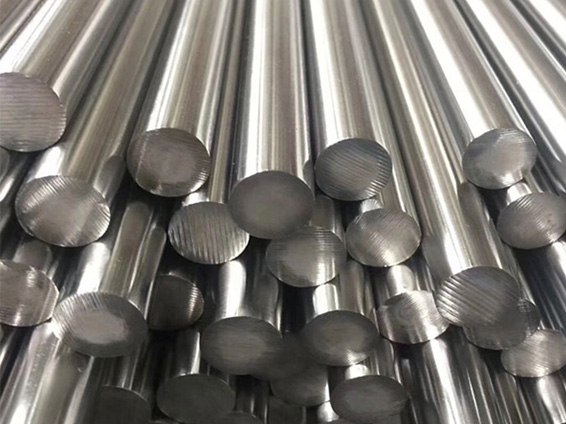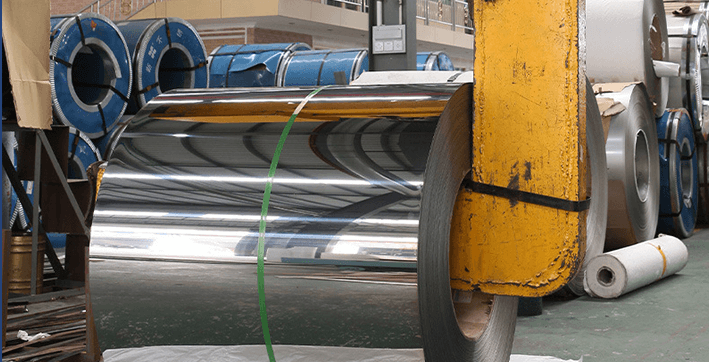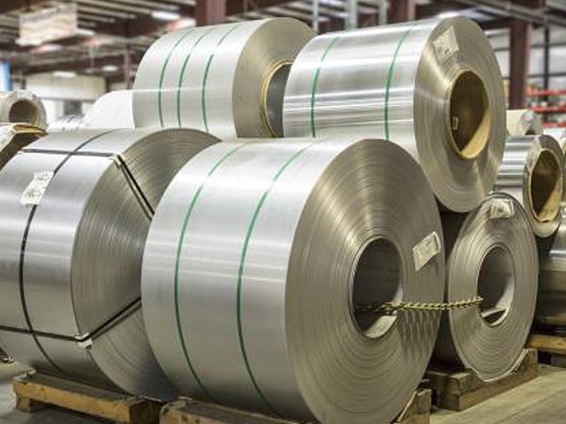Stainless steel is a popular material that has become increasingly prevalent in the world of decorative pipes. Its unique properties make it an attractive choice for those looking to add some flair to their homes, businesses or outdoor spaces. However, not all stainless steel is created equal! The quality of the stainless steel used can significantly impact the durability and appearance of your decorative pipes. In this blog post, we will explore how different grades of stainless steel can affect your project's outcome and provide tips on how to choose the right grade for your needs. Let's dive in!
What is stainless steel?
Stainless steel is an alloy of iron, carbon, and other elements such as chromium, nickel, or molybdenum. These additional elements give stainless steel its unique properties that make it highly resistant to corrosion and staining. Unlike regular steel, which can easily rust and deteriorate over time when exposed to moisture or oxygen, stainless steel maintains its shiny appearance even in harsh environments.Stainless steel comes in different grades varying in their composition ratios of the added elements. Each grade has its own unique characteristics such as strength, ductility, formability and resistance to heat and chemicals.Stainless steel was first discovered by English metallurgist Harry Brearley in 1913 while attempting to improve gun barrels' durability for the British military during World War I. It quickly became a popular material used across various industries due to its excellent performance capabilities.Today stainless steel is widely used for decorative purposes ranging from architectural features like handrails and curtain walls to furniture pieces like table legs or lighting fixtures. Its versatility makes it a favorite among designers who prioritize aesthetics alongside functionality.

The different grades of stainless steel
Stainless steel is an alloy made up of iron, carbon, and a minimum of 10.5% chromium. This makes it highly resistant to corrosion and staining, making it ideal for decorative pipes that are often exposed to outdoor elements.There are different grades of stainless steel with varying levels of corrosion resistance, durability, and appearance. The most common grades used in decorative pipes are 304 and 316.Grade 304 stainless steel is the most commonly used grade due to its affordability and versatility. It has excellent corrosion resistance but can tarnish over time if exposed to harsh environments or chemicals.Grade 316 stainless steel is considered more durable than grade 304 due to its higher levels of nickel and molybdenum, which provide enhanced resistance against corrosive substances like saltwater or acids.Other grades such as 409 or 430 may also be used for decorative pipes but they have limited corrosion resistance compared to the aforementioned grades.When choosing the right grade of stainless steel for your needs, consider factors such as environment exposure and intended use. Consult with a professional if you're unsure about which grade would best suit your project's requirements.
The benefits of stainless steel
Stainless steel offers numerous benefits that make it an ideal choice for various applications. One of the primary advantages of stainless steel is its resistance to corrosion and staining, making it a durable material option for decorative pipes that will be exposed to harsh environments.Another advantage of stainless steel is its strength and toughness, which makes it resistant to damage from impacts or stress. This feature ensures that decorative pipes made from stainless steel can withstand long periods without losing their structural integrity.Furthermore, stainless steel is easy to clean and maintain, requiring minimal effort and time compared to other materials such as wood or plastic. It also has excellent heat resistance properties, allowing it to withstand high temperatures without warping or melting.Stainless steel's aesthetic appeal adds another benefit since it provides a modern look suitable for contemporary designs. Its reflective surface creates an illusion of space in small areas while providing a sleek finish that complements any décor style.Stainless steel has excellent recyclability properties making it environmentally friendly as scrap metal can be reused in new products rather than ending up in landfills.
The drawbacks of stainless steel
While stainless steel has numerous benefits, it is not without its drawbacks. One of the primary disadvantages of using stainless steel for decorative pipes is that it can be expensive compared to other materials. This is especially true if you are looking for high-quality stainless steel with a polished finish.Another drawback of stainless steel is that some grades may not be suitable for certain environments or applications. For example, if your decorative pipe will be exposed to saltwater or highly corrosive substances, you will need to select a grade of stainless steel that is specifically designed for those conditions.Stainless steel can also be difficult to work with and shape, which means that custom designs may require more time and effort during fabrication. Additionally, welding or soldering joints in the material can leave visible marks or discoloration on the surface.While stainless steel is resistant to corrosion and rusting, it still requires regular maintenance and cleaning to maintain its appearance over time. Neglecting this upkeep could result in unsightly stains or damage.While there are certainly some drawbacks associated with using stainless steel for decorative pipes, these should not overshadow the many benefits offered by this versatile material when used appropriately in different contexts.
How to choose the right grade of stainless steel for your needs
Choosing the right grade of stainless steel is crucial for determining the durability and appearance of decorative pipes. The selection process depends on various factors, including environmental conditions, maintenance practices and budget constraints.The first step in selecting the right grade of stainless steel is to understand its composition. As discussed earlier, different grades have varying levels of alloying elements that affect their physical properties. Therefore, it's essential to consider your project's specific requirements before choosing a particular grade.Another critical factor to consider when selecting a grade of stainless steel is its resistance to corrosion. Depending on where you intend to install decorative pipes, they may be exposed to harsh chemicals or high humidity levels that can damage lower-grade metals quickly.Additionally, you should also consider the aesthetics aspect when selecting a grade of stainless steel. If you're looking for shiny and attractive decorative pipes with excellent corrosion resistance properties, then austenitic grades like 304 or 316L are perfect choices.Keep in mind your project's budget while choosing a grade of stainless steel as higher-quality alloys tend to come at a premium price point compared to lower-grade alternatives.Picking the right quality level matters significantly when dealing with decorative pipes made from stainless steel materials. By considering factors such as environment exposure; chemical resistivity; aesthetic appeal; and cost-effectiveness ahead will ensure value-for-money purchase decisions!
Conclusion
To summarize, the quality of stainless steel has a significant impact on the durability and appearance of decorative pipes. Stainless steel is an excellent material for decorative pipes because it is resistant to corrosion, heat damage, and wear and tear. However, selecting the right grade of stainless steel is crucial as each one offers unique properties that can affect performance.Before making any purchase decisions regarding decorative pipes made from stainless steel, consider your specific needs to choose the ideal grade. Remember factors such as budget, location, intended use or even personal preference should be taken into account when making a decision.By understanding how different grades of stainless steel perform in various situations plus their benefits alongside drawbacks; you'll make informed decisions while choosing your best-suited pipe for both functional and aesthetic purposes with long-lasting durability.Please contact us if you need.zoey@hjmlsteel.com








 Recommended News
Recommended News




 Wechat
Wechat Whatsapp
Whatsapp




